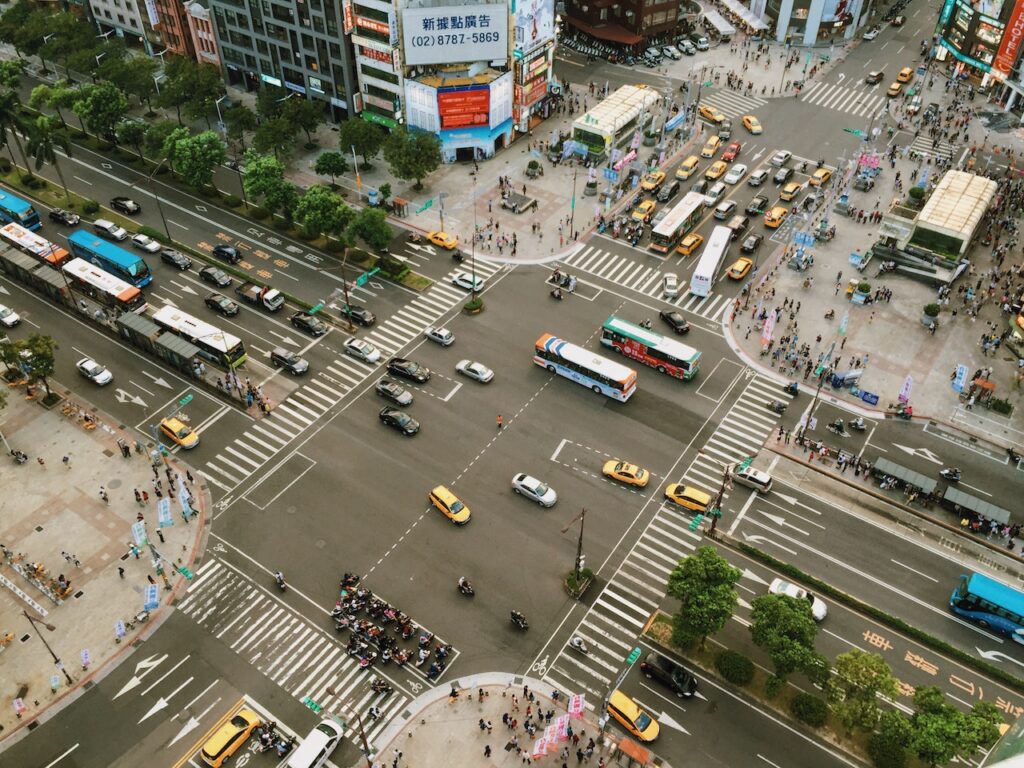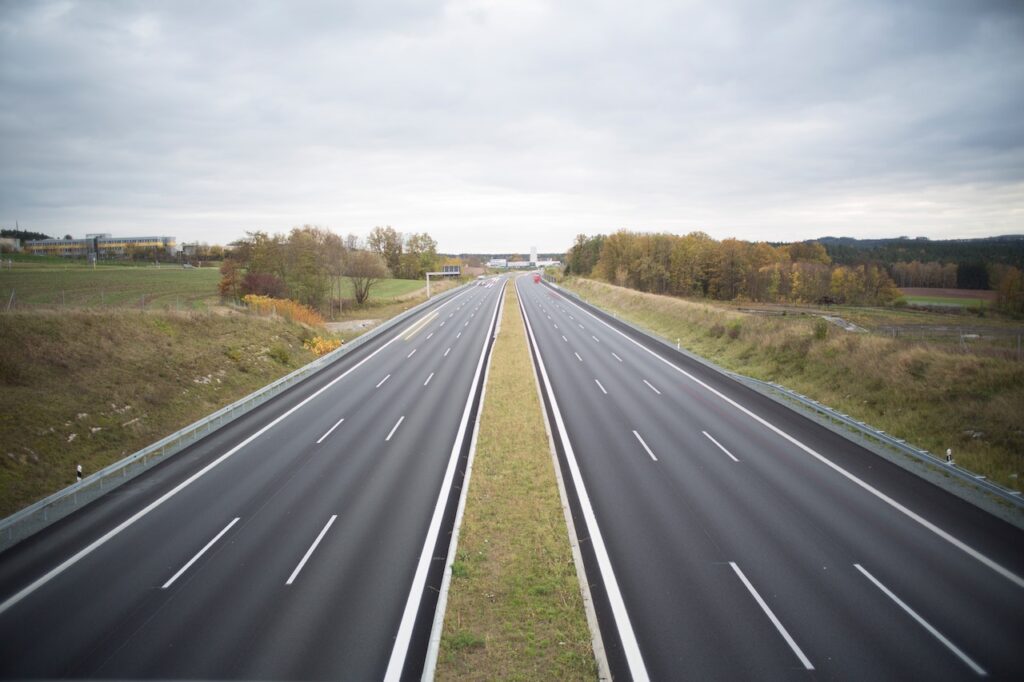Smart Roads are revolutionizing the way engineers, architects, and quantity surveyors work. With the potential to improve both the efficiency and cost-effectiveness of road construction and maintenance. Smart Roads are rapidly being adopted across the world. In this blog, we discuss the advantages and potential of Smart Roads, and how they can help to revolutionize the transportation industry as a whole.
Advantages of Smart Roads
One of the key advantages of Smart Roads is that they have the potential to reduce traffic congestion. By using dynamic routing and real-time information on traffic conditions, Smart Roads can direct vehicles to the most efficient routes, helping to reduce journey times and congestion.
Smart Roads can also help to reduce the environmental impact of transportation by reducing traffic congestion, Smart Roads can help to reduce emissions of harmful pollutants. In addition, Smart Roads can be equipped with solar panels and other renewable energy technologies, which can help to offset the carbon footprint of transportation.
Smart Roads helps to improve road safety by providing real-time information on traffic conditions and hazards, Smart Roads can help drivers to avoid accidents. In addition, Smart Roads can be equipped with automatic braking and other safety features, which can help to reduce the severity of accidents.
Extending the idea further, Smart Roads can also be used to monitor weather conditions and flash-flood warnings to drivers via roadside projection systems.
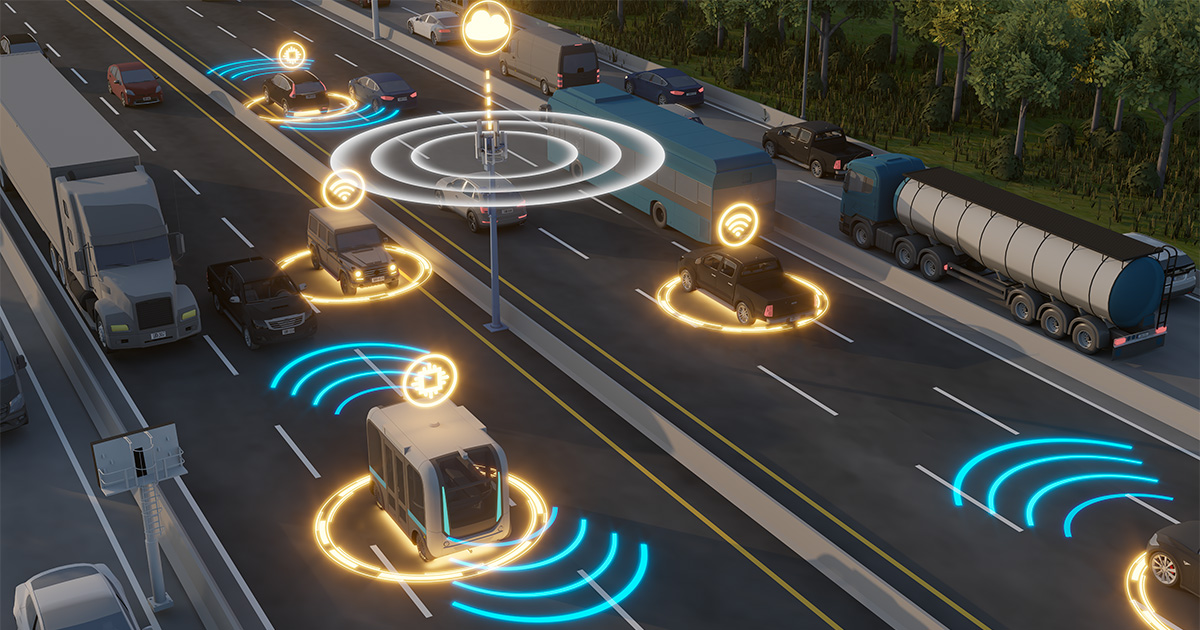
Potential of Smart Roads
The potential of Smart Roads is vast. In addition to the advantages discussed above, Smart Roads can also help to improve the efficiency of emergency services, by providing real-time information on traffic conditions and accidents. Smart Roads can also be used to charge electric vehicles and to provide power for traffic lights and other road infrastructure
The advantages of Smart Roads are vast. In addition to the advantages discussed above, Smart Roads can also help to improve the efficiency of emergency services, by providing real-time information on traffic conditions and accidents. Smart Roads can also be used to charge electric vehicles and to provide power for traffic lights and other infrastructure
Smart Road Technologies
Interactive Lights
Motion sensors turn on the road lights, illuminating a specific area of the road as vehicles approach. Once the car has passed, the lights go out. Interactive lights, which are best for roads with low traffic, improve nighttime visibility as needed and use less energy when there are no cars on the road. Even in cities with heavy traffic, this idea can significantly reduce energy use since fewer vehicles are moving at later hours of the night.
Smart Intersections
At each intersection corner, four cameras positioned above the traffic signals record aerial footage of the nearby cars and people walking around for up to 300 feet. Then, using specialized short-range communication technology, proprietary image processing software creates a 360-degree image of the intersection that categorizes vehicles and other moving objects, such as pedestrians, motorcycles, and emergency vehicles, and broadcasts important information to neighboring vehicles.
The onboard computer in each connected vehicle decodes the data and, when necessary, informs the driver via both visible and auditory signals, intuitively guiding them to take the appropriate action to avert a potential collision.
Solar Powered Roadways
Smart Highways constructed with specific solar-powered road panels can provide lighting, heating, and other intelligent road features.
It would all be feasible thanks to Solar Roadways’ creative product, specially created solar road panels. These road panels, when installed in place of conventional asphalt, would produce clean, renewable solar power while facilitating the smooth passage of ordinary vehicular traffic. Along with numerous additional advantages, converting a part of our streets and roads to solar roadways would produce enough clean energy to cover all of our demands.
Electrified Roads – Charging for Electric Vehicles
Electric engines are being recognized as a key technology to help the transportation industry reduce its carbon footprint. It is a difficult task to use commercial electric cars, in particular, for long-distance freight transportation. For long-distance transportation, when frequent recharging breaks make on-time deliveries difficult, the battery capacity of cars successfully used for urban logistics with driving ranges between 130 and 160 km is insufficient. Larger batteries, on the other hand, that enable adequate driving ranges are so hefty that they significantly lower the maximum payloads.
The fundamental idea behind electric highways is incredibly straightforward: any car using the road at any one time must have access to energy, which is provided by the road infrastructure. Usually, power is transmitted to the cars directly by inductive coils or conductive rails on overhead or subsurface power lines.
The majority of electric road systems currently in operation throughout the globe only allow the use of overhead powerlines for commercial purposes; experts believe ground-based power systems to be the most economical.
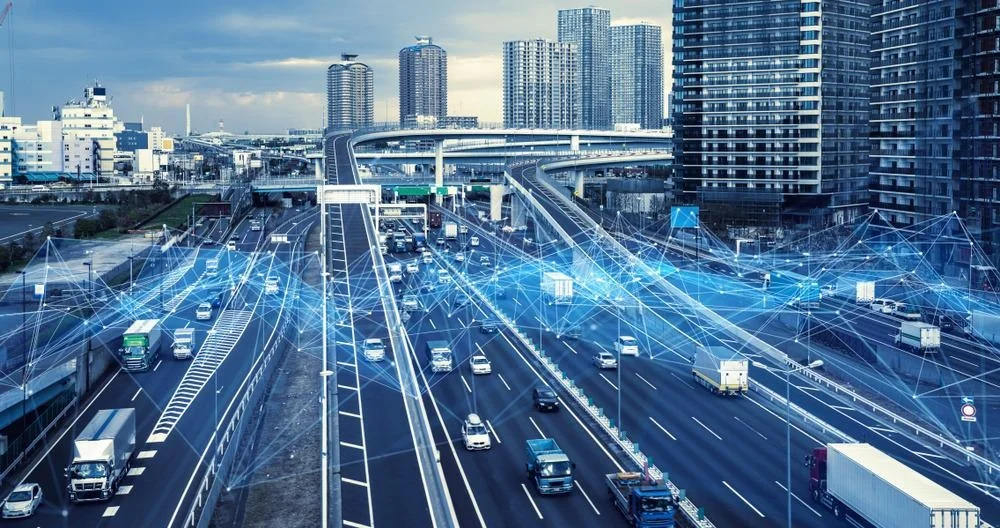
Weather Detection
Due to its detrimental effects on visibility and the condition of the road, bad weather has long been acknowledged as one of the main factors contributing to car accidents. To ensure safe driving in bad weather, it is crucial to give drivers access to real-time weather information. The placement of expensive weather stations and frequent manual identification and/or verification makes it a difficult task to identify road weather and surface conditions.
Image processing and machine vision techniques are needed for the detection of weather and surface conditions from cameras. Numerous research has looked at the use of in-car camera systems to monitor weather and road conditions.
Traffic Detection
AI-powered smart roads integrate traffic data from tens of thousands of cameras, detectors, traffic lights, and parking meters to decrease auto accidents, increase road efficiency, lessen congestion, and eventually assist urban planners in eliminating bottlenecks.
Heavy traffic crossings that frequently experience congestion and accidents are the focus of traffic control. Simple traffic signals won’t suffice to distribute traffic; we need systems that can change based on the conditions on the road. It is the field where AI has become widely used in both big cities and small towns, successfully preserving traffic flow in difficult driving scenarios.
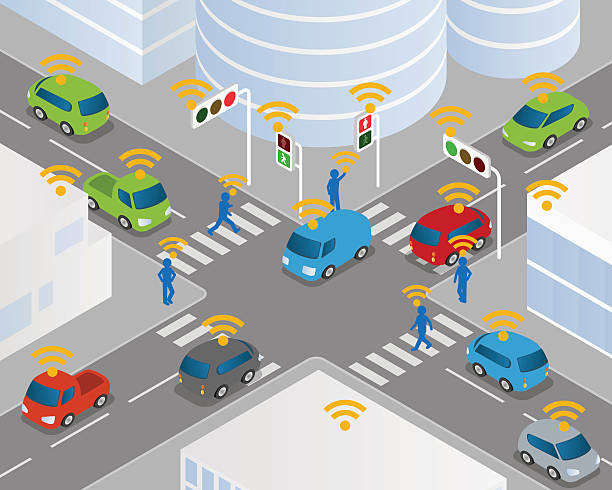
Traffic Violation Detection
Since the authorities constantly monitor the roadways, a real-time traffic violation detection system is required. As a result, traffic enforcement personnel will have no trouble enforcing safe roads precisely and effectively because the traffic detecting system picks up violations more quickly than people.
Road Produce Music
A road or portion of the road that produces an audible rumble and a tactile vibration that can be felt through the wheels and body of the car is known as a musical road. This rumbling, in the shape of a musical melody, is audible both inside and outside the car. There are currently recognized musical roadways in China, Iran, Taiwan, Indonesia, Japan, South Korea, Denmark, Hungary, Japan, and South Korea. Previously, they were also common in France and the Netherlands.
Smart Digital Traffic Signs
Analog traffic signposts will be converted to digital ones in smart roads by combining a radio transceiver with a digital client-server signpost architecture. The specific sign is then wirelessly transmitted to approaching traffic. The wireless sign signal will be picked up by a receiver unit inside the automobile, which will notify the driver (verbally or visually) of its presence. This eliminates the requirement for drivers to pay attention to signage.
Automatic Weigh
Roads are frequently used for both the transportation of goods and people, in addition to moving people. In many nations, road transportation is a crucial component of the freight industry. Overloaded trucks might be dangerous on the road because they frequently travel at high speeds, brake suddenly, or make abrupt curves and corners. Trucks’ compliance with weight and safety regulations must therefore be verified often. Technology advancements throughout time have transformed static weighing into weigh-in-motion and virtual weighing.
Smart Traffic Single Lights
Adapting traffic light controls based on data gathered from sensors, edge devices, and video systems is the function of a smart traffic light, which is an internet-connected vehicle traffic control system.
Smart traffic lights at the intersection resemble conventional traffic lights, with the exception of additional hardware components like IoT sensors and/or connected CCTV cameras. On the back end, cloud-based traffic control platforms are linked to smart traffic signal systems. Predictive algorithms are frequently used to power them so that traffic signals can be adjusted dynamically.
Roads with V2X and VANETs – Cars that Talk
Modern vehicles with driver assistance systems can see and hear with the help of cameras, as well as talk in the future. The communication between vehicles and the traffic infrastructure is made possible by the latest technology of cooperative Intelligent Transport Systems and Services. Cooperative Intelligent Transportation Systems (CITS) can serve safety-critical applications employing Vehicular Ad-hoc Networks (VANETs) utilizing linked car technologies. Safety-critical systems are primarily exposed to services and applications.
Emergency Rescue Architecture Using V2X
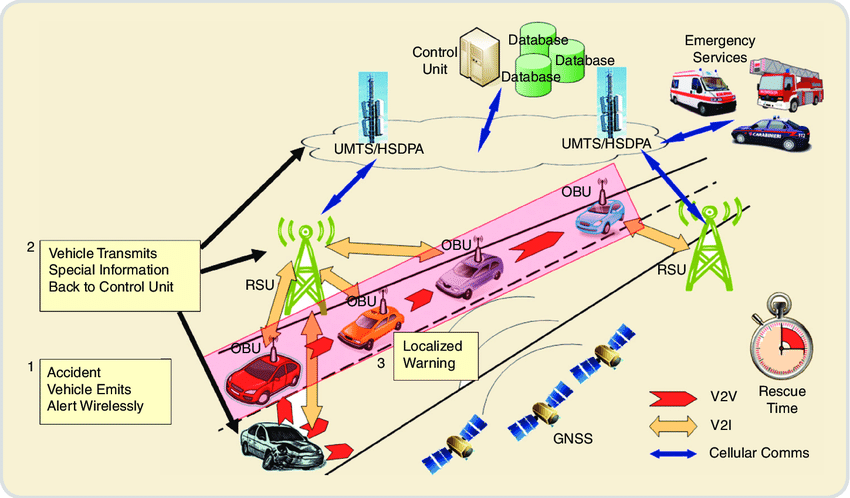
Smart Street Lights
A smart streetlight is a type of outdoor lighting that uses technology, such as cameras, light-sensing photocells, and other sensors, to add real-time monitoring features. This kind of lighting system, also known as adaptable lighting or intelligent street lighting, is acknowledged as a crucial advance in the creation of smart cities.
Installing intelligent lighting can assist increase citizen satisfaction with security and safety while giving towns significant savings in power consumption and lighting system maintenance, in addition to enabling cities to offer the right amount of streetlight for local conditions. Additionally, outdoor lighting infrastructure will provide the foundation for other internet of everything (IoE) applications, including traffic, pollution, and weather monitoring.

